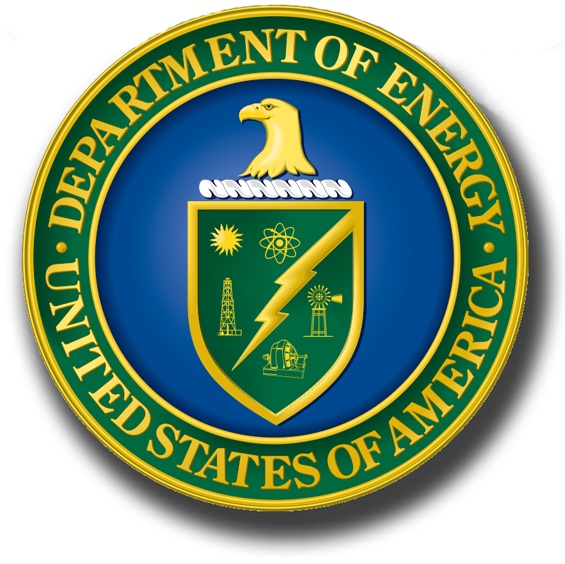Estimation of the Electron Temperature Profile in DIII-D using Neural Network Models
S. Morosohk, S.T. Paruchuri, A. Pajares, E. Schuster
11th ITER International School on “ITER Plasma Scenarios and Control”
San Diego, California, USA, July 25-29, 2022
Generating energy from nuclear fusion in a tokamak may highly benefit
from precise control of both kinetic and magnetic plasma profiles. Many
control algorithms being developed require accurate, real-time knowledge
of the plasma space-dependent state. However, many of the diagnostics
used to measure the plasma state provide data that can be noisy or require
significant post-processing. Within this context, an observer has been
developed for the electron temperature profile. Observers use a model
to predict the evolution of the system, and then correct is based on diagnostic
measurements. The observer shown here uses an extended Kalman filtering
approach, a nonlinear extension of the optimal Kalman filter observer
scheme, to determine the observer gain. The model employed by the observer
uses a combination of analytical components and trained neural networks
to generate as accurate of a prediction as possible while working within
real-time calculation constraints. Such neural networks provide high accuracies,
fast calculation times, and wide applicability. In addition, with only
two diagnostic measurements at different spatial locations, the observer
is able to estimate the entire electron temperature profile. Simulation
results show that the observer can correctly estimate this profile despite
significant discrepancies in the initial electron temperature profile
and relatively high levels of noise. After its implementation in the plasma
control system of the DIII-D tokamak, this observer may be able to provide
valuable information on the electron temperature to a variety of present
and future controllers.
*Supported by the US DOE under DE-SC0010661 and by the National Science Foundation Graduate Research Fellowship program Grant No. 1842163.







